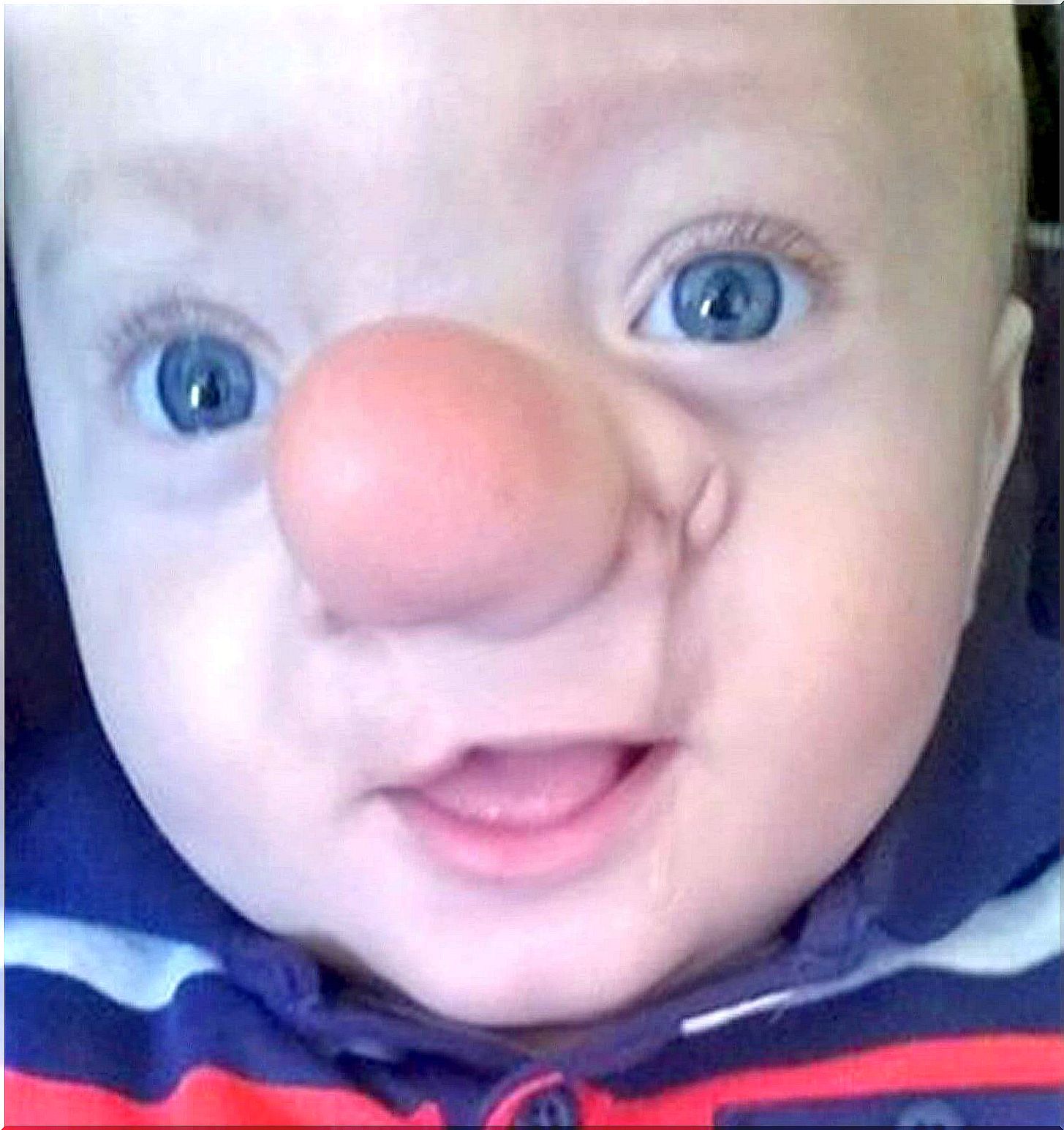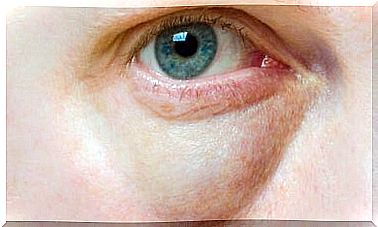Ollie Trezise: The Story Of A Boy With Encephalocele
A congenital disease called encephalocele is what little Ollie Trezise suffers from at just 21 months old.
The boy of Welsh origin is gradually developing his brain through a hole located in the center of his skull. It slowly spreads throughout your nose causing a fairly large bump.
The Story of Ollie Trezise

The problem was detected during its development in the mother’s womb. With only 20 weeks of gestation, the doctors confirmed that the child would be born with this huge lump in the nose, without the possibility of intervening surgically during pregnancy to help it.
After an exhaustive analysis it was confirmed that a kind of pocket had formed between the nasal cavities and that his brain was constantly growing inside.
Ollie Trezise has undergone numerous operations to help him close the hole where the problem began to develop. This would give the child a rest and more ability to breathe.
The boy’s mother, Amy Pole, at only 22 years old, faces this reality and tries not to be affected by the consequences that this disease will bring for her son in the long term. She takes it as something fleeting and even assures that her son “is a pinocchio in real life” and could never be more proud of it.
Despite the fact that this child at such a young age already has an anomalous disease, his family tries to make him lead a normal life with his sister Annabelle.
His mother, especially, worries about what he may suffer in the future due to his medical complication. Therefore, he will try to educate him under the conditions that are necessary to keep him away from possible teasing.
Encephalocele, details of the disease

Encephalocele is a congenital disease that is identified as being of unclear origin. Doctors believe that it may be due to a number of factors, among which the genetics would play a significant role, which is why it often happens in families who already have a relative with other neural tube defects, such as spina bifida and anencephaly.
This disease has certain obvious characteristics such as a malformation of the skull, which results in a hernia that will grow over time.
Usually the condition stems from a failure to close the neural tube during embryonic development. In addition, it includes other segments, such as the skeletal material that is associated, the beginning of the brain and, finally, the spinal cord.
Diagnosis

Ultrasound is one of the tools in medicine that accurately images the fetus as it completes its development. For this reason, it is one of the most effective detectors of this disease.
If any of the images produced by the medical device do not give good signs, other tests may be carried out. Among them, an MRI of the fetus to assess the level of severity of the disease and how it progresses while the pregnancy progresses.
However, if the encephalocele is not as compromising in shape or is in the nose, it may not be able to be identified during pregnancy.
The doctor will be the one to determine the final diagnosis and will know if a cesarean section should be performed so as not to alter the brain tissue that presents hernias.
Treatment
Unfortunately, it is estimated that 75 and 40% of fetal deaths and those that occur in the first year of life are due to malformations in the nervous system. However, recent studies show that the death rate from encephalocele has decreased in recent years.
Newborns who manage to overcome childbirth begin a treatment of corrective surgeries that will mitigate the problem and possibly improve their living condition.
However, it is possible that, depending on the severity of the encephalocele, they suffer other disorders that could appear over time due to their brain disability. These could be quadriplegia and severe delays, among others.









